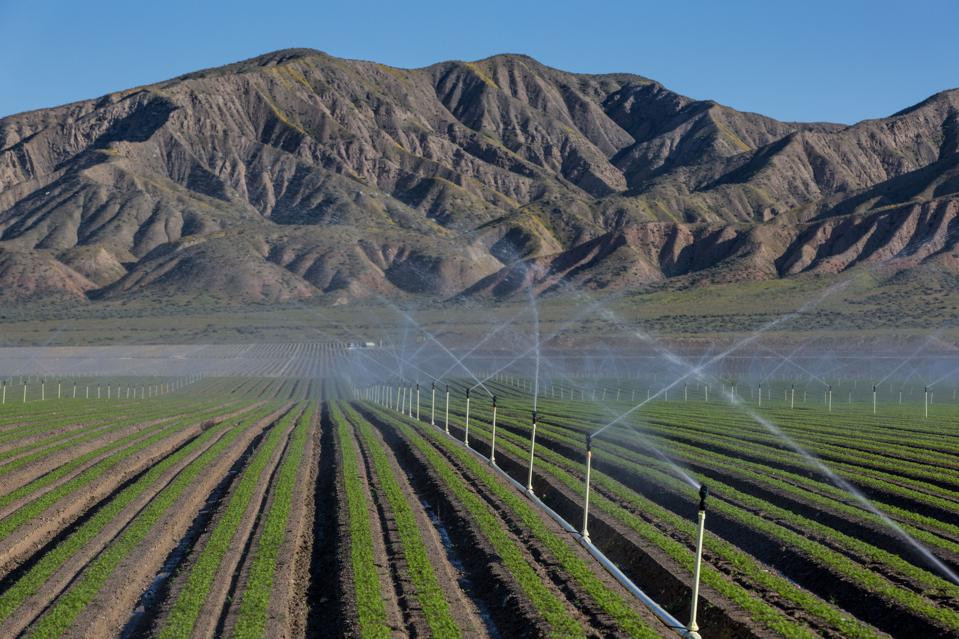The global precision farming market includes technology like robotics, imagery, sensors, artificial intelligence (AI), big data and bio-engineering is expected to reach more than $16 billion by 2028, according to a March 2021 report from Grand View Research.
Copyright by www.forbes.com
 What if you could combine AI and traditional aerial imagery to build data sets that help farmers and food processors gain insight into crop heartiness while it was still growing in the field?
What if you could combine AI and traditional aerial imagery to build data sets that help farmers and food processors gain insight into crop heartiness while it was still growing in the field?
Saul Alarcon, an Agronomist at The Morningstar Company that sources and processes tomatoes for several tomato-based products, says that new agriculture technologies based on AI can improve farming decisions. “Accuracy and consistency of data are very important to minimize the impact of crop’s yield-limiting factors,” said Alarcon.
“Smart farming technologies are becoming, in a short period of time, a key alternative in our worldwide efforts to improve the quantity, quality and nutritional value of food,” said Alarcon. “Similarly, we firmly believe that it offers great opportunities to improve our environment while helping farmers to remain profitable.”
John Bourne, vice president at Ceres Imaging, says that because food processors are increasingly using AI-powered aerial imagery to help manage their operations, they can now apply that to yield forecasting, quality control and risk mitigation.
“Typically processors pay for imagery and then offer the imagery service as a benefit to growers in their networks at no cost or for subsidized pricing,” said Bourne. “This benefits the growers because they get reduced price imagery and product quality control vetted by their processors.” […]
Read more: www.forbes.com


The global precision farming market includes technology like robotics, imagery, sensors, artificial intelligence (AI), big data and bio-engineering is expected to reach more than $16 billion by 2028, according to a March 2021 report from Grand View Research.
Copyright by www.forbes.com
Saul Alarcon, an Agronomist at The Morningstar Company that sources and processes tomatoes for several tomato-based products, says that new agriculture technologies based on AI can improve farming decisions. “Accuracy and consistency of data are very important to minimize the impact of crop’s yield-limiting factors,” said Alarcon.
“Smart farming technologies are becoming, in a short period of time, a key alternative in our worldwide efforts to improve the quantity, quality and nutritional value of food,” said Alarcon. “Similarly, we firmly believe that it offers great opportunities to improve our environment while helping farmers to remain profitable.”
John Bourne, vice president at Ceres Imaging, says that because food processors are increasingly using AI-powered aerial imagery to help manage their operations, they can now apply that to yield forecasting, quality control and risk mitigation.
“Typically processors pay for imagery and then offer the imagery service as a benefit to growers in their networks at no cost or for subsidized pricing,” said Bourne. “This benefits the growers because they get reduced price imagery and product quality control vetted by their processors.” […]
Read more: www.forbes.com
Share this: